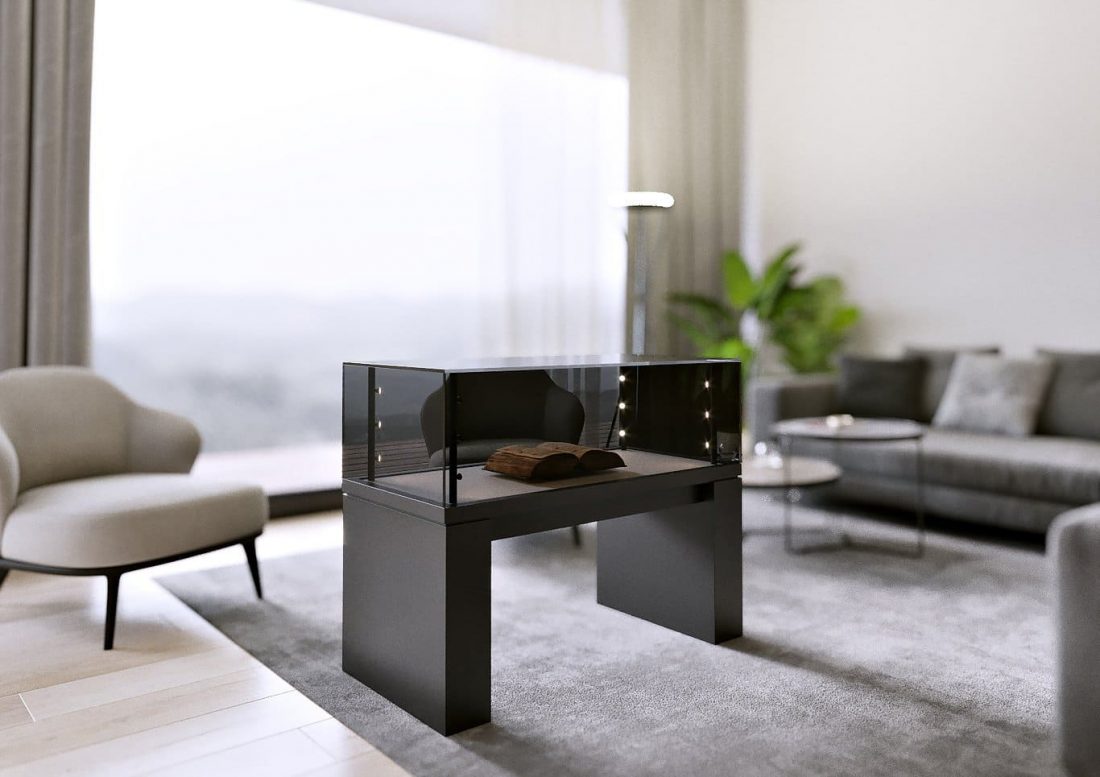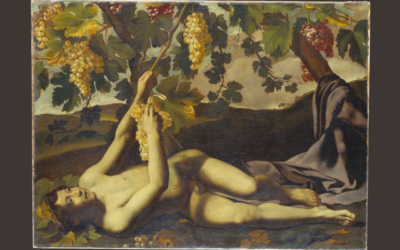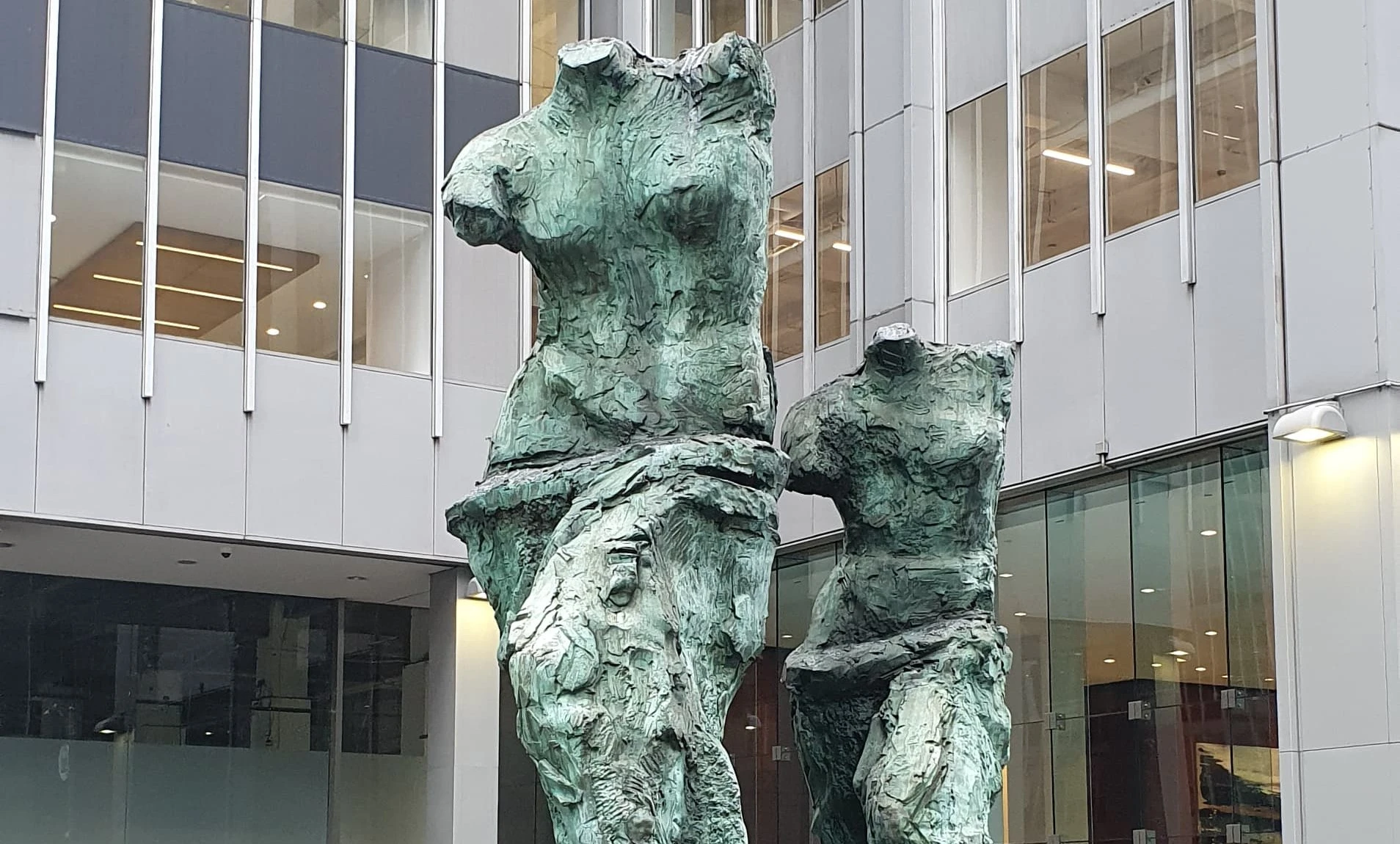Pandora Mather-Lees took us on a journey to Art on Superyachts. A key learning was about the conservation of art in a maritime environment. We now had the opportunity to talk to Manoj Phatak of ArtRatio who is a specialist in this field.
About Manoj Phatak

Manoj Phatak, Founder & CEO of ArtRatio, is an engineer by trade, both in electronics and software, but also with a keen interest in the world of materials science. His first degree was about semiconductor physics. A UK-based semiconductor-manufacturer sponsored him during his studies at Southampton University. Later, he invented a conservation solution for valuable objects based on smart glass and sensor-driven electronics.
How did you come up with the idea of ArtRatio?
Back in 2009, I was experimenting with several smart functional materials in my lab and I found one type of ’smart glass‘ which could control light electrically, allowing the possibility to reduce damage from light exposure on anything beneath it. I instinctively thought of artworks as an application area, although I knew literally zero about art conservation.
So, I built a ‚minimal viable product‘ (a laughably-crude wooden box with one panel of smart glass on top and a small proximity sensor on the front driving a circuit to switch on / off the smart glass) and took this to several museums in London like the Victoria and Albert Museum, British Museum, British Library and the Tate. We also showcased it in other museums e.g. in Zurich and Madrid.
Some loved the idea – particularly the Science Director of the Victoria and Albert Museum. I think the major obstacle was convincing people that the smart glass does not always have to be opaque and that it can be controlled with whatever sensors and software we need to give visitors a good experience. Even now, some people have reservations about how we process data for reasons of privacy since we are in direct contact with the original objects normally. Since 2009, we have continued investigating and we started delivering smart glass vitrine products in 2010.
What were the major challenges that you had to overcome?
In my humble opinion, the art world is very exclusive, so unless you know someone, it is challenging to get a foot in the door. This explains why most of our projects have been referrals from someone in the art world who is recommending us. The art world is also very conservative with many collectors and art traders in their senior years. Many distrust tech, preferring low-tech solutions that ‚they understand‘.
What are your most important industries and what role do emerging markets play?
We serve both public institutions and private collectors at the moment. I have also lectured at Sotheby’s Institute of Art in London on the subjects of art display & art conservation, and we have interest from a French luxury jeweller. Our European patent is for ‚any light-sensitive object‘ though, which opens up future applications in healthcare, pharmaceuticals and transportation.
I think emerging markets present tremendous opportunities, since ‚developing regions‘ tend to leapfrog ‚developed‘ countries (e.g. mobile payments are almost the norm now in Africa and China). There are of course challenges regarding the protection of intellectual property, as well as risks from financial fraud or money laundering. The EU Anti Money Laundering Directive now includes art transactions of course and is a huge step in the right direction but developing regions still need to implement and enforce similar initiatives to stop art being used as a pawn in organised crime.
Could Conceptual Art be an interesting market for your business?
I think that conceptual or installation art would not require the preventive conservation benefits of our products, but I do think that the materials we use could nudge technically-minded artists to experiment with them, controlling panels of smart glass at will, to create a piece which blends design with digital art, for example.
Do you also work together with museums?
Yes, this is one of our main markets. We have worked with the National Museum of Sweden, the Missouri Historical Society and the Royal Engineers Museum in the UK.
Our main customers include institutions, private art collectors and the art trade. We have also received interest from superyacht designers, interior designers, architects and building engineers who want to learn more about smart glass material itself. In response to this, I set up a separate website called Smart Glass World, which explores all vertical markets for these new materials.
Where do you see ArtRatio in the future?
Our long-term goal is to convert every ‚humble display case‘ into an ‚intelligent display case‘, much in the way that many ‚dumb phones‘ have now been swapped out for a ’smart phone‘. I personally think that it is inevitable that some large company like Samsung will latch onto the idea of embedding intelligence into display vitrines, both for general retail products as well as art/design objects, with the aim of preserving their condition and market value. We believe we have a head start but they have deeper pockets, of course.
Are you working on any new releases?
Yes, we are just now upgrading the ArtRatio system that sits inside all of our products with new capabilities to dim the internal LEDs and the smart glass directly from our custom-built ArtRatio controller, allowing the possibility to gradually and automatically adjust incident light levels on any object as a function of its sensitivity, its popularity and its local environment. The first installation of our new ArtRatio system will appear in a series of smart glass tables we are currently building for a private art library in Boston (USA), who will display high-valued antique bibles, including one original King James Bible in their ArtRatio tables. The installation date is expected in April 2021.
Our solutions are equally applicable to the wine sector and we have an ongoing conversation with a large London-based client who is keen on showcasing luxury wines and spirits in our vitrines. We dedicated a special article to that subject which you can find on our website.
Do you have any anecdote that you can share with us?
When we were contacted by the Royal Engineers Museum (London) to display the original map of the 1815 Battle of Waterloo, we learned that this map still has the original pencil markings of the 1st Duke of Wellington on it. This material (graphite) is ‚friable‘, which means it can be ‚lifted off‘ by any nearby static electric fields, which tend to accumulate on normal glass placed close to art objects.
We realised that we would need to ground the entire internal steel structure and control the relative humidity very closely to avoid build-up of such electrostatic charge on the internal glass surface and avoid the friable pencil markings from being eradicated through lift-off. The client has expressed great satisfaction in the work we have done and promotes this on their website.













